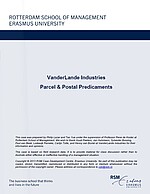Chery Automobile is a top Chinese car exporter. Due to the global financial crisis, intense competition, and fast technological change, Chery has seen decreasing sales domestically and diminishing opportunities abroad. The carmaker needs to figure out the next stage of strategic development in adapting to the current and future environment.
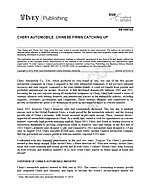
With procurement volume determining 75 to 80 per cent of costs, Airbus heavily depends on its 1,000 or more key suppliers. As a solution to the complexity of its supply chain, it introduced a portal to serve as an electronic marketplace for all interactions with its suppliers. Five years have passed: this portal either needs large investments or total replacement in the near future. What should Airbus do and how?
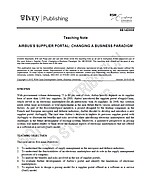
A shared passion for outdoor adventures drove three young men in Switzerland to found TrekkSoft in 2010 – a company that offers an integrated software solution for online bookings in the tour and adventure segment – with the ambition to become a dominant player worldwide. Despite serving customers from all over the world, TrekkSoft had only established one subsidiary in the U.S. in the four years after its inception. In October 2014, the second financing round was approaching. The founders knew that further geographical expansion was crucial to satisfy the investors’ high growth expectations, but internally they disagreed on which market to target: Mexico or Australia? Although they always had a one-market-after-another approach, investors were pushing for faster expansion, which led to another question: Should they go in the direction of both markets?
The case shows students how important the market selection process for internationalising startups is and at the same time how company growth is influenced by the speed of the internationalising process. From an entrepreneurial perspective the case demonstrates the need of finding the right balance between investors’ demands as well as founders’ expectations. In addition, the case allows students to understand the relevance of personal and professional networks.
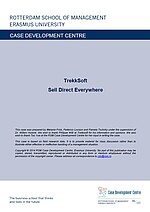
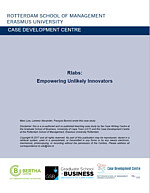
Naofumi Tsuchiya dreamt of making his company Goodpatch the number one ‘user interface design’ firm in the world. But first he had to decide which market to focus on, what business model to adopt, and how to prepare this Japanese monoculture organization for international activities. Tsuchiya had to make sure to get the first steps right to make his dream come true.
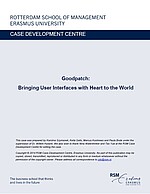
Symbid, a Dutch crowdfunding platform, was seeking to expand into the US market. Confronted with substantial competition and limited resources, the startup had only one shot to perfect its entrance strategy. Should it adopt a niche marketing strategy directed at female entrepreneurs, or should it follow a mass marketing approach to target the entire United States?
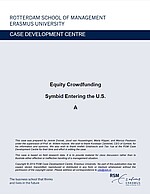
The ambition of the seasoned manufacturing firm, Vanderlande Industries, was to commercialise services on a larger scale, with the aim of becoming a full-service provider. But the company had neither enough knowledge about its customers to make itself indispensible to their value chains, nor sufficient internal support on the work floor, to pull the transition off. How could Vanderlande prepare itself to catch the tailwinds towards further growth of its service business, without compromising its traditional business?
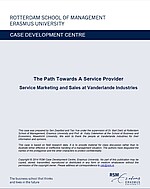
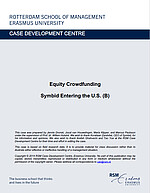
Air France KLM was confronted with two potential investment opportunities: 1) startup ALPHA that offered innovative electronic smart cards and tags targeted at the aviation industry and, 2) startup BETA that had developed an innovative solution to generate wind power with glider planes. Both opportunities met the initial investment criteria but each had a distinctive value proposition. Which should Air France KLM choose to invest in?
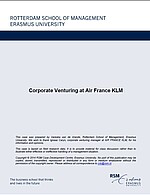
Facing increasing pressure from new market entrants offering faster and cheaper solutions, Vanderlande Industries had to alter its customer-driven approach, towards a more efficient, modular and standardised approach. The Deutsche Post DHL projects were its first major success in making such a transition. Hoping to replicate that success on a much larger scale, Vanderlande was aware that it had to first address its infrastructure, organised entirely around customer-specific projects. Was there a way for Vanderlande to combine cost efficiency and customer attentiveness?
